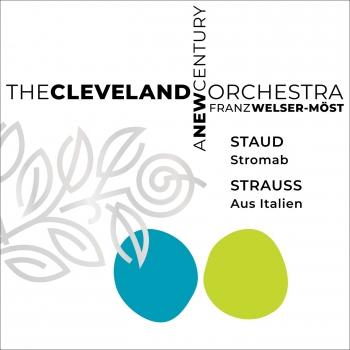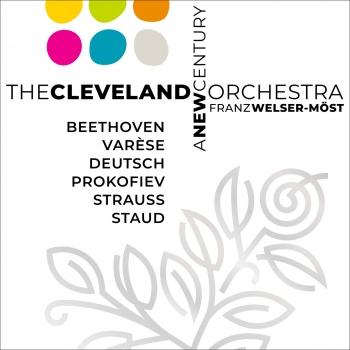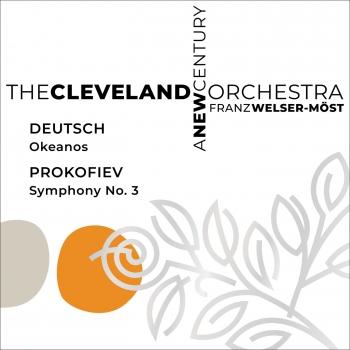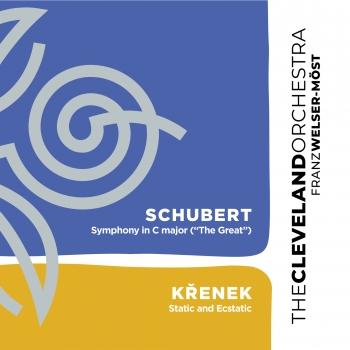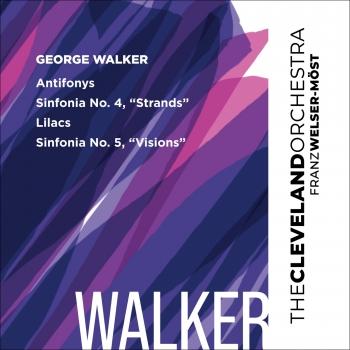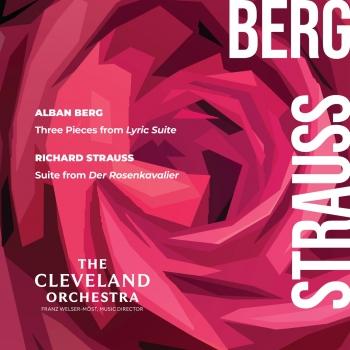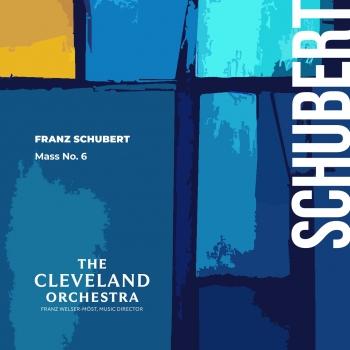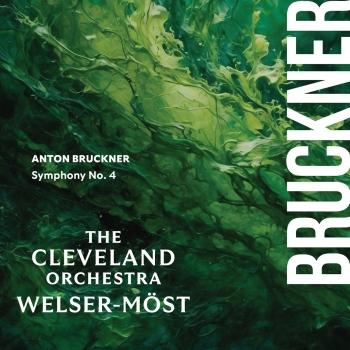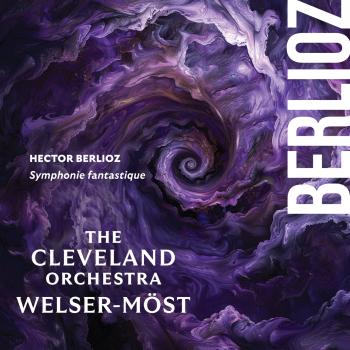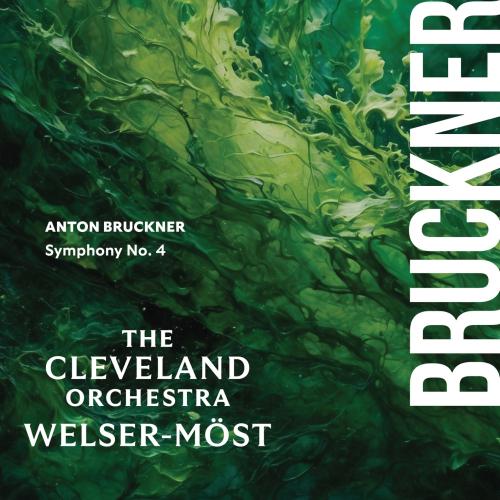
Bruckner: Symphony No. 4 "Romantic" Cleveland Orchestra & Franz Welser-Möst
Album Info
Album Veröffentlichung:
2024
HRA-Veröffentlichung:
16.08.2024
Label: The Cleveland Orchestra
Genre: Classical
Subgenre: Orchestral
Interpret: Cleveland Orchestra & Franz Welser-Möst
Komponist: Anton Bruckner (1824-1896)
Das Album enthält Albumcover Booklet (PDF)
- Anton Bruckner (1824 - 1896): Symphony No. 4 in E-Flat Major, WAB 104 "Romantic" (1878/80 Version, Ed. B. Korstvedt):
- 1 Bruckner: Symphony No. 4 in E-Flat Major, WAB 104 "Romantic" (1878/80 Version, Ed. B. Korstvedt): I. Bewegt, nicht zu schnell 19:06
- 2 Bruckner: Symphony No. 4 in E-Flat Major, WAB 104 "Romantic" (1878/80 Version, Ed. B. Korstvedt): II. Andante quasi Allegretto 13:26
- 3 Bruckner: Symphony No. 4 in E-Flat Major, WAB 104 "Romantic" (1878/80 Version, Ed. B. Korstvedt): III. Scherzo. Bewegt 11:15
- 4 Bruckner: Symphony No. 4 in E-Flat Major, WAB 104 "Romantic" (1878/80 Version, Ed. B. Korstvedt): IV. Finale. Bewegt, doch nicht zu schnell 20:45
Info zu Bruckner: Symphony No. 4 "Romantic"
Anton Bruckner had to wait until the public premiere of his Fourth Symphony in 1881 to enjoy his first real taste of success, following years of bitter rejection in his adopted city of Vienna. Possibly to enhance its chances of being accepted, the composer allowed the Fourth to be published with the official subtitle “Romantic,” and listeners have as a result been introduced to the work as the epitome of Romanticism in
symphonic music.
However, the Brucknerian aesthetic contrasts sharply with Romantic drama, instinctively tending toward a more spiritual contemplation. His music creates a sense of sonic spaciousness and awe that is unique to him. As commentator Robert Simpson writes, Bruckner’s symphonies illustrate a quest toward an “essence crystallized, the sky through which the earth moves.”
The Fourth Symphony’s much-admired opening acquires something of its mysterious power by incorporating a minor-key inflection into the horn call’s simple, otherwise major-key harmonic palette, all set against a pregnant backdrop of trembling strings. The prominence of the horn is a hallmark of the rest of the symphony—the instrument appears almost as a protagonist in its own right.
The rest of the Fourth continues to carry out the implications of its vast opening design. Bruckner establishes a solemnly measured gait in the march-like Andante, developing this C-minor slow movement from three interconnected sections of material presented in succession. After this, the third- movement “hunting” Scherzo, with its overlapping “Bruckner rhythms” (a duplet-followed-by-triplet pattern) in horns and brass, instills a rush of energy to complement the slow motion of the preceding march.
The Finale’s titanic opening shows Bruckner at his most confident, evoking a sense of mystery similar to what we encountered at the beginning of the work. The main theme coalesces against thundering timpani, while the fundamental contrast of epic against relaxed nature returns once more in the second theme group. By the time Bruckner arrives at the stunning final coda, writes Simpson, the effect is altogether different from that of “the accumulated energy of a vividly muscular process (as in the Classical symphony)” or of “the warring of emotive elements (as in the purely Romantic work)” but instead reveals “the final intensification of an essence.”
The Cleveland Orchestra
Franz Welser-Möst, conductor
Keine Biografie vorhanden.
Booklet für Bruckner: Symphony No. 4 "Romantic"












